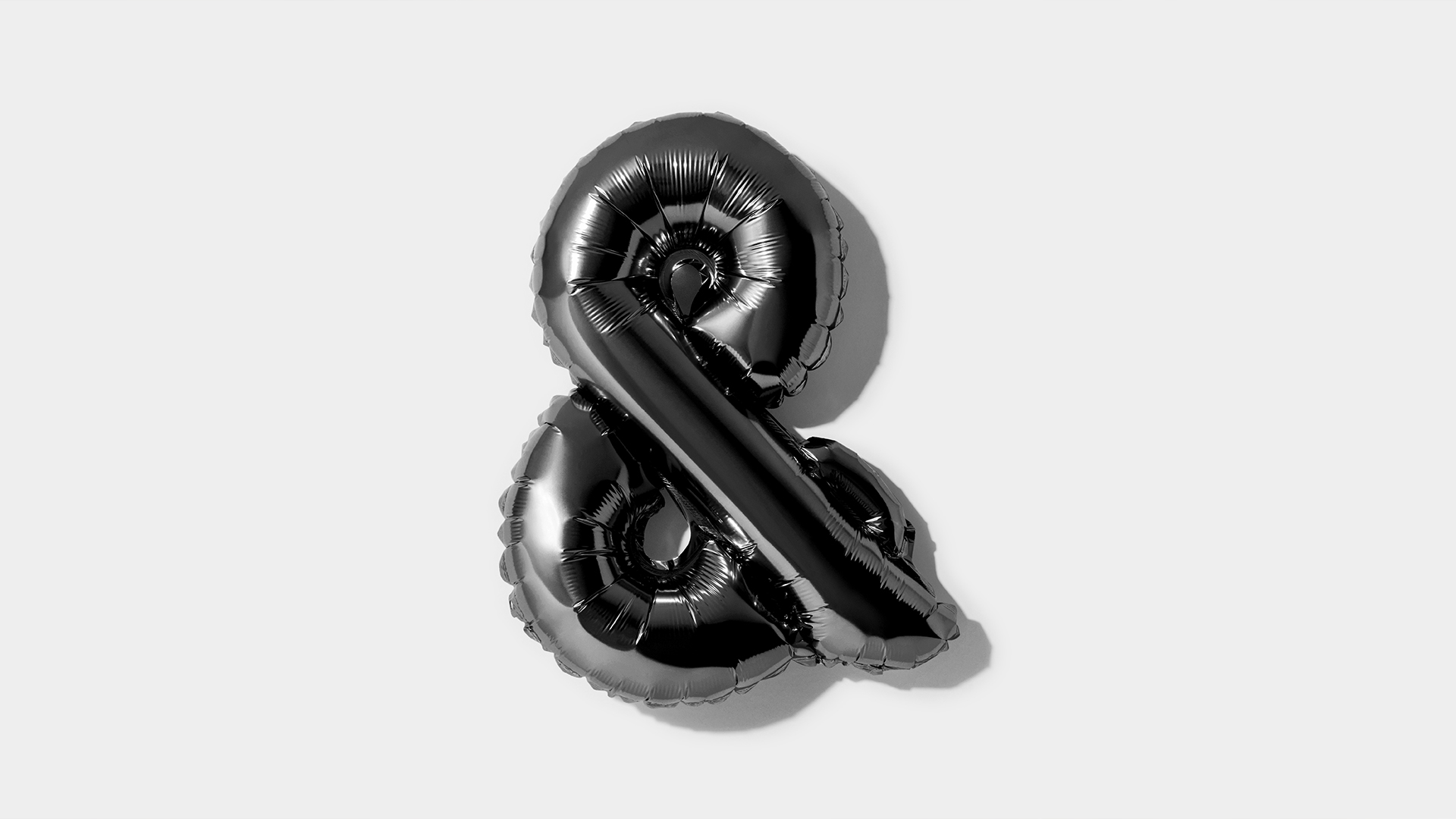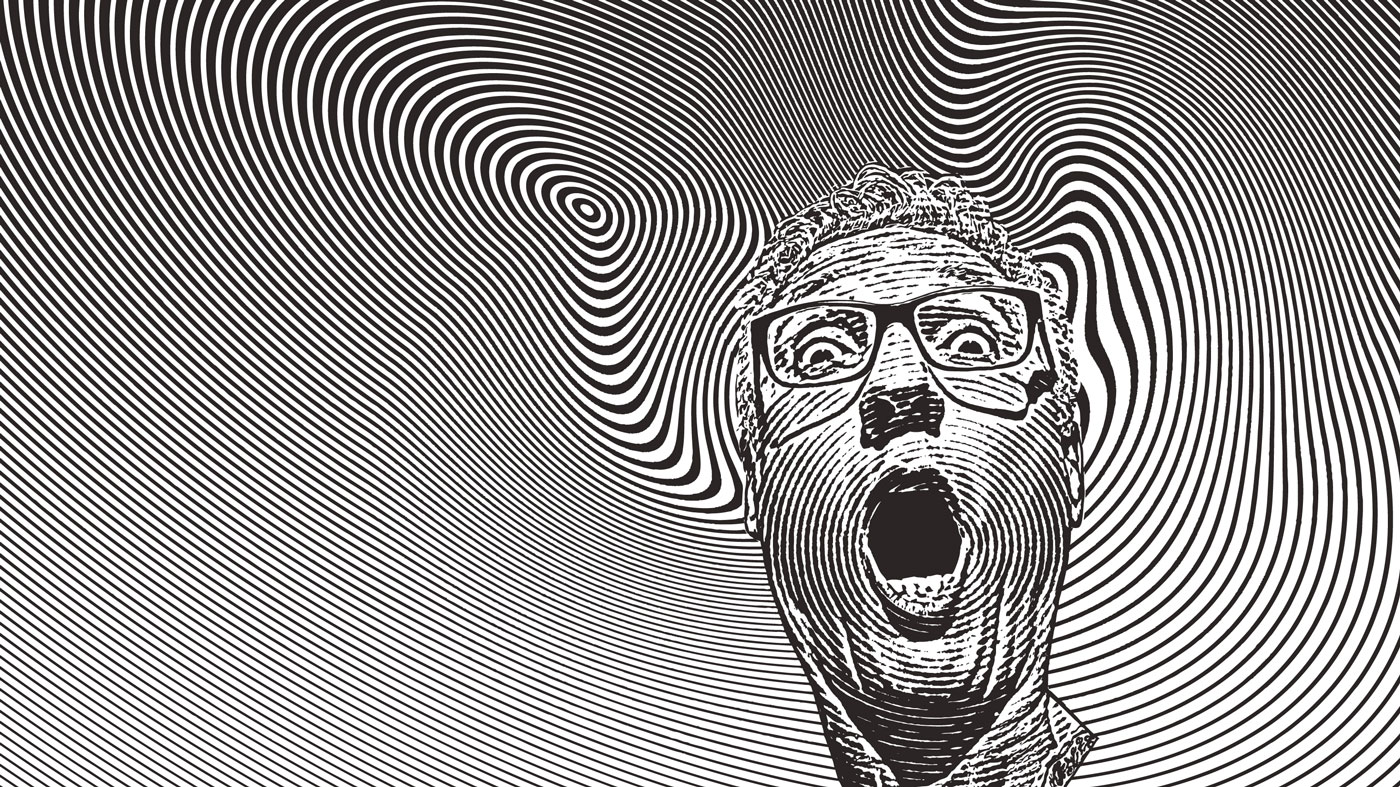The surprising truth about the ampersand symbol
Designers can't believe they didn't know this.

It's a symbol you probably see every day, but it turns out the humble ampersand is more than just a pretty piece of typography. This weekend, we revisit the history of ampersand – and the time that designers had their minds blown by it last year.
For those not familiar with the technical word 'ampersand', it's this '&' symbol, commonly used as shorthand for 'and'. Designers had their minds blown earlier this year when the below tweet was shared, informing everyone of the true meaning of the ampersand. (If you'd like to try out the ampersand in a range of different fonts, check out the best free fonts around). Ready for the fact? Okay, here we go...
I was today years old when I learned that an ampersand (&) is a ligature for the word 'et' pic.twitter.com/3xaXMyhlwPJanuary 31, 2020
Editor and author Sarah Pappalardo explained the secret behind the symbol with a tweet that has sparked astonishment in the Twitter world. She pointed out that the ampersand is a ligature (a combination of two or more graphemes tied together, if you're not in the know), for the word 'et'.
Reactions on Twitter saw people sharing when they first found this out (those clever clogs are very much in the minority, though, we have to say).
I learned this in 1985 at the Globe Theatre in London, reading old documents about the Great Fire of 1666, which used “&” written out so you could see it was “et c.” It was revelatory and made quite an impression on me (as you probably can tell).January 31, 2020
Other notable ligatures include those representing 'ae' and 'oe', but we reckon there are none so well-known and visible as the ampersand. Another interesting nugget is that the symbol used to come at the end of the alphabet, making it a character in its own right that children would recite up until the 1800s. You can find out even more in the below video. Who knew there was so much to discover about the curly 'and' symbol?
Read more:
- Are you guilty of any of these weird Photoshop habits?
- Confused about NFTs? We explain all you need to know
- Microsoft’s old logos remind us why we love graphic design
Daily design news, reviews, how-tos and more, as picked by the editors.

Georgia has worked on Creative Bloq since 2018, and has been the site's Editor since 2023. With a specialism in branding and design, Georgia is also Programme Director of CB's award scheme – the Brand Impact Awards. As well as immersing herself with the industry through attending events like Adobe Max and the D&AD Awards and steering the site's content streams, Georgia has an eye on new commercial opportunities and ensuring they reflect the needs and interests of creatives.
